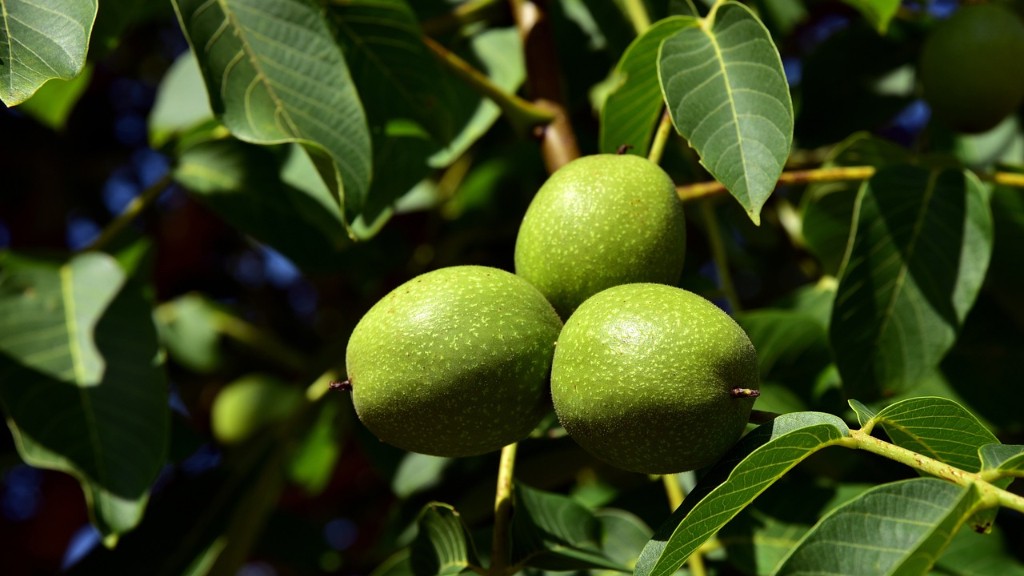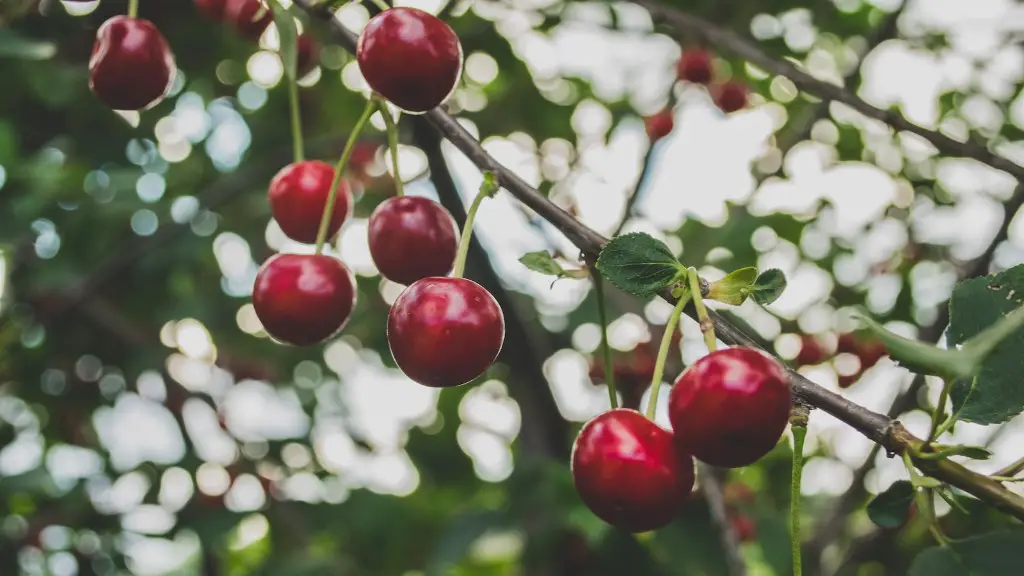Choosing the Right Avocado Tree
Planting an avocado tree in your garden can be a rewarding experience that pays dividends for years to come. But it’s important to get the timing and the selection of the avocado tree right from the outset. Avocados love warmth and humidity, so they grow best in tropical or subtropical areas. When selecting a tree, it’s important to consider height, texture, size, and flavor.
Location, Location, Location
When planting your avocado tree, the most important factor to take into account is the climate. An avocado tree is a tender crop and needs plenty of warmth and humidity to thrive. If planting an avocado tree in a cooler climate, consider putting a protective cover over it or planting it in a sheltered spot to protect it from any frost or sudden dips in temperature.
Soil Type
Avocados usually prefer a light, well-draining soil that has been enriched with manure or compost. Heavy clay soils can be improved with the addition of soil conditioners and mulches. Before planting, be sure to inspect the soil for any pests or diseases that could harm the tree.
When to Plant
When planting an avocado tree, the best time to plant is in the spring, when it’s warm enough for the tree to survive and grow. Avoiding the peak heat of summer is beneficial, as the tree has more time to acclimatize and get used to its new environment. If planting very late in the season, be sure to water the tree regularly to ensure it is getting the right amount of moisture.
Water and Sun
Once planted, avocado trees need to be in sunny location to do their best. Young trees need less light and water than older trees, so adjust the amount of water and sun that your tree receives accordingly. An avocado tree needs to be watered deeply but only when needed to prevent any root damage. Ensure the tree receives enough water to remain healthy and vibrant.
Fertilizing
Fertilizing an avocado tree can be beneficial in providing essential nutrients for the tree’s growth. It’s important to choose a good quality fertilizer that’s designed for fruit trees. Always follow the directions and dilute the fertilizer after planting.
Pruning
Pruning an avocado tree can be beneficial in removing any dead or diseased branches and encouraging new growth. Pruning should be done in the spring, before any new growth begins. It’s important to take care not to prune too hard, as this may result in stunted growth.
Protection
Once planted, it’s important to protect your avocado tree from any pests or diseases that could damage the tree. Regular monitoring of the leaves can help detect any problems and you should contact a local arborist if you need help.
Importance of Harvesting
Once your avocado tree has been planted and is producing fruit, it’s important to ensure that the fruits are harvested at the right time. If fruit is left on the trees for too long, it can damage the remaining goods. Avocado fruits are usually ready for harvest between late spring and early summer.
Potential Pests
Avocado trees, like any other variety of fruit tree, can fall victim to pests and can attract birds and other animals. Installing bird and squirrel proof fences around your tree can help keep pests away and ensure your harvest remains intact.
Transport Tips
When transporting avocado trees, it’s important to use a secure box or bag, like those used for commercial fruits and vegetables. Providing an attached label with the tree’s species and variety will help ensure that the tree is safely transported and not subject to any pests or damage.
Time for Planting
Avocado trees need to be planted in the spring, when the ground is warm and can provide the best environment for the tree to thrive. By choosing the right variety, soil, and amount of water and sun, your avocado tree should be thriving in no time.
Growing Awareness
It’s important to have an awareness of the conditions and environment needed for an avocado tree to thrive. Knowing when to plant and how to fertilize, water and protect the tree will help ensure your avocado tree remains healthy and produces the best fruits possible.
Native Species
When growing an avocado tree, it’s important to consider the species and variety of the tree. There are many different varieties of avocado, each with its own unique characteristics. Native species to the area are more able to withstand local climate variations than imported varieties.
Feeding Habits
In order to sustain its growth, an avocado tree needs regular feeding and watering. To prevent burning the roots, add a diluted fertilizer every few weeks and water well. Good irrigation practices, such as using a drip hose or allowing the soil to dry between waterings, will help to ensure the tree’s soil does not become sodden.
Climate Considerations
It’s important to consider the climate in which an avocado tree will be planted. Extreme temperatures and cold winters can damage an unprotected tree, so know any local climate conditions before planting and provide appropriate protection if needed.
Maintenance and Disease
Ensure that the tree is regularly pruned and monitored to ensure that it remains free from pests or diseases. Pruning is particularly important in young trees as this will help them grow in the right direction and form a strong structure. If any disease or pests appear on the tree, take action right away and contact a local arborist or specialist for advice.
Harvesting Fruit
Harvesting an avocado tree’s fruit is one of the most enjoyable aspects of growing an avocado tree. Different varieties of avocado can mature at different times of the year, so be aware of the different types and keep watch for the best time to pick. Avocado fruits should be left on the tree until slightly soft and ready for cutting.
Choosing a Variety
When choosing a variety of avocado tree, look for ones that are suited to both your area and climate. Different varieties of avocado can have different characteristics, so pick ones that will thrive and adjust accordingly. Popular varieties often bear fruits heavier and earlier, so bear this in mind when deciding which one’s best for you
Preparing for Harvest
Preparing for the harvest is the key to successful avocado production. Preparation starts the moment the tree is planted, with proper irrigation and fertilization being vital to the tree’s success. Pruning is also important, as this encourages new and vigorous growth.
Post-Harvest Care
The post-harvest care of an avocado tree is just as important as the pre-harvest preparation. Ensuring that the fruits are stored correctly and regularly watered will help keep them in peak condition. Harvested fruits should be handled gently and stored away from direct sun or moisture.
Pest Control
Ensuring that pest control measures are taken is integral to the health of an avocado tree. Regularly checking for pests and diseases and using any necessary treatments is vital to keeping your tree in optimal condition. If any pests do appear, use an appropriate pesticide to eliminate them.
Conclusion
Growing an avocado tree can be a rewarding experience for many years. Understanding the climate requirements and selecting the right variety for your location is the first step in having a thriving avocado tree. By taking precautions such as watering, fertilizing, pruning, and pest control, you can make sure your avocado tree remains healthy and produces the best fruits possible.




